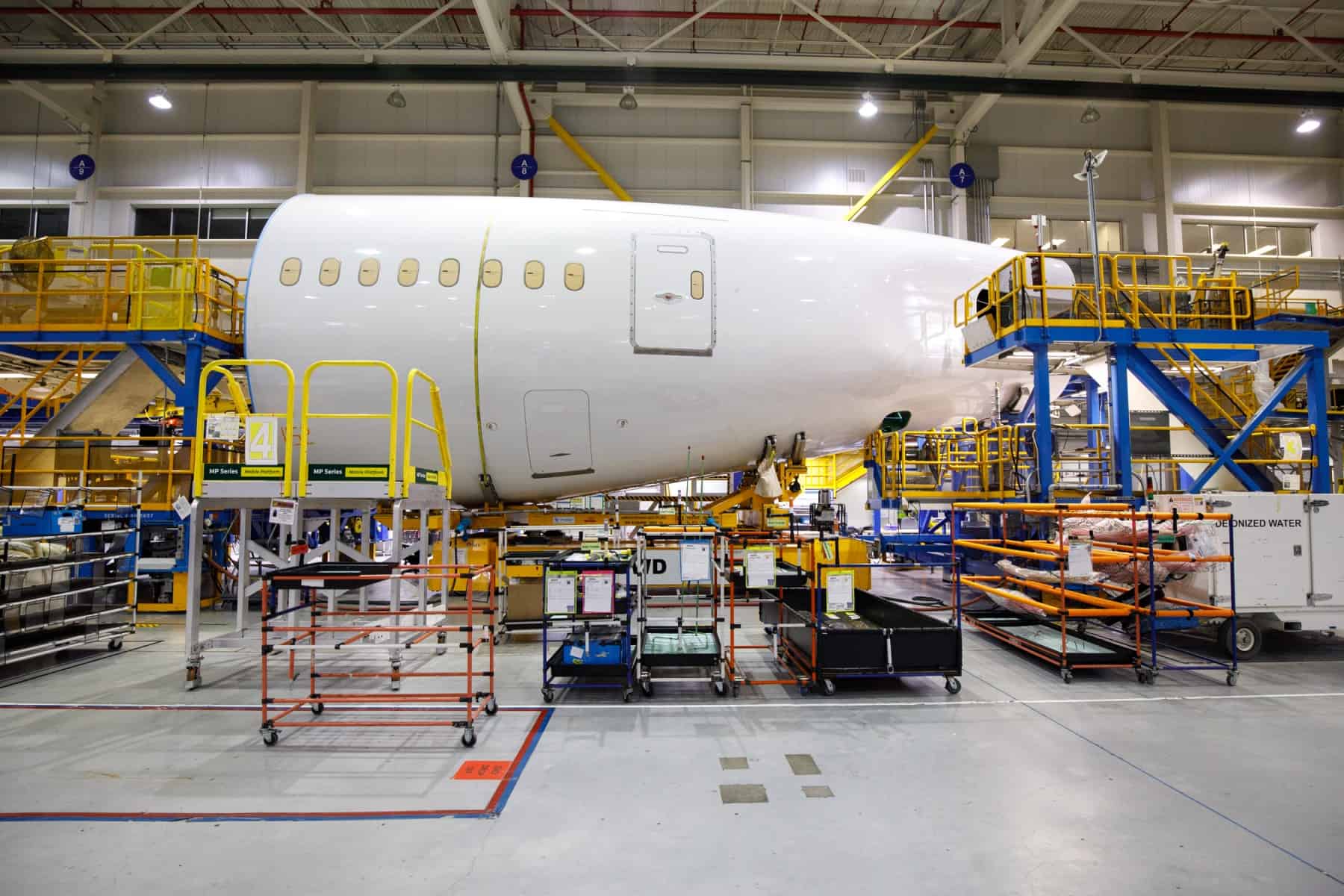WASHINGTON, UNITED STATES – Industrial production in the US slumped in November with “broad based” decreases, the Federal Reserve said Thursday, as output for bigger-ticket consumer products and manufacturing fell.
While tangled supply chains and surging costs which weighed on businesses are easing, in a boost to production, firms are now contending with weakening demand as interest rates rise.
The Fed has raised its benchmark lending rate seven times this year in an effort to cool the world’s biggest economy, making borrowing more expensive with policy effects rippling across sectors.
Total output dropped 0.2 percent in November, with the first decline in months defying analysts’ expectations of an uptick, according to Fed data.
“Decreases were broad based across market groups,” the report said.
It added that the output of consumer durables fell about two percent, referring to products that do not have to be purchased very often. The decline was led by automotive goods.
Manufacturing output dropped 0.6 percent as well, while that of mining fell 0.7 percent, only partly offset by a rebound in utilities, the Fed added.
“Headline production was flattered by a weather-related 4.8 percent jump in utilities output, which is hugely volatile,” said economist Kieran Clancy of Pantheon Macroeconomics in a note.
The main factor bogging down manufacturing output is likely “softening capital spending, in the wake of higher borrowing costs,” he added.
“The next few months will be rough; the downturn in manufacturing output has further to run,” he said.







